Communication is a key player in the successful operation of industries worldwide. No matter what type of business you’re running, effective communication through two-way radios improves safety, efficiency, and coordination among team members. However, even the most reliable communication systems can fall short due to common mistakes.
If you want to keep things running smoothly, understanding these common mistakes to avoid if your team uses two-way radios will help you optimize operations and stay in contact with your team.
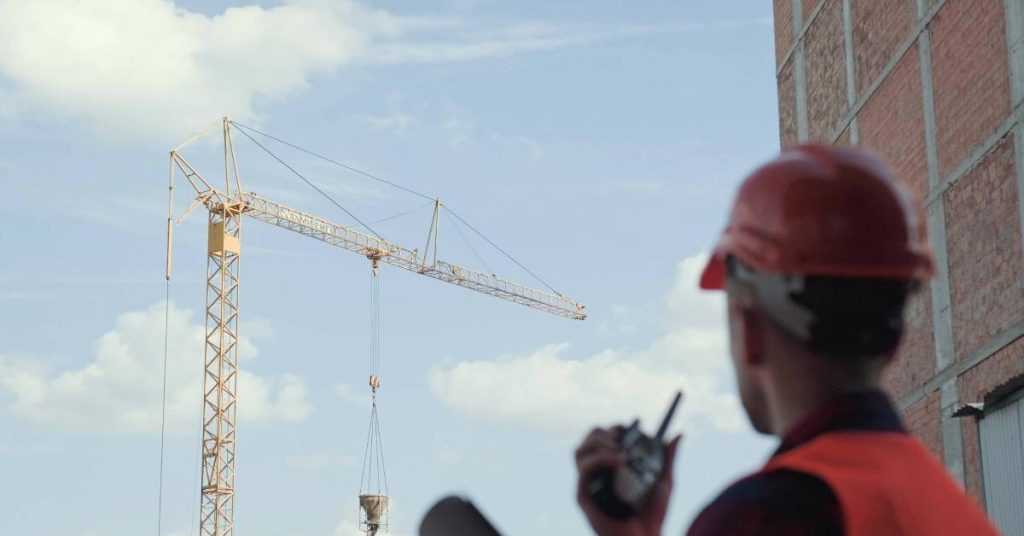
Industries That Depend on Two-Way Radios
Two-way radios are indispensable across various sectors, including the following:
- Two-way radios facilitate clear and instantaneous communication among construction workers scattered across large job sites, enhancing safety and efficiency in project coordination.
- Firefighters, police officers, and paramedics rely on two-way radios for real-time updates and coordination during emergencies. This is crucial for saving lives and reinforcing public safety.
- Large events necessitate meticulous coordination among staff, security, and technical teams. Two-way radios enable quick communication for managing crowds, ensuring security, and handling logistics.
- Fleet operators and logistics professionals use two-way radios for tracking vehicles, updating delivery schedules, and addressing issues on the road. This leads to increased operational efficiency.
- Staff in hotels and resorts use two-way radios to maintain high standards of service. They allow housekeeping, security, and maintenance departments to communicate and provide a better guest experience.
- In industrial settings, two-way radios facilitate coordination across sprawling facilities, enable quick response for equipment malfunctions or safety incidents, and maintain productivity and safety.
Common Mistakes and How To Avoid Them
The repercussions of mistakes in risky work environments can be severe. Miscommunication can lead to costly delays, making a business less competitive. In emergency situations, it can result in late responses and put lives at risk.
For any organization, inefficiencies can translate to financial losses and damage to reputation. By recognizing the dangers associated with these common mistakes, business leaders can take proactive measures to address them.
Lack of Proper Training
One of the most common mistakes business leaders make is not training staff on how to use two-way radios. Without this understanding, employees may struggle with basic operations, leading to communication issues. Additionally, improper training can lead to misuse of equipment and costly repairs or replacements.
Training involves more than just a quick demonstration of using the device. It requires structured sessions that cover the functionality of the radios, proper handling techniques, and best practices for clear communication. Encouraging hands-on practice and holding regular refresher courses can improve proficiency and reduce the likelihood of errors in the field.
Poor Frequency Management
Frequency management is a critical aspect of two-way radio communication that is often overlooked. Selecting the wrong frequency can cause interference and lead to garbled messages or limited range. Teams must ensure they are using frequencies that minimize overlap with other communication systems.
To address this, supervisors should perform regular audits of their frequency usage and consider investing in frequency coordination services. This proactive approach helps to identify potential conflicts and supports optimal performance. Appointing a knowledgeable team member to oversee frequency management can mitigate issues and enhance communication clarity.
Neglecting Equipment Maintenance
Relying on faulty or outdated equipment is another pitfall to avoid. Two-way radios require regular maintenance to function at their best. Dust, moisture, and physical damage can negatively affect performance, while outdated software may not support new communication protocols. Neglecting these issues can lead to unexpected failures in the field.
Implementing a routine maintenance schedule that includes cleaning, updating software, and inspecting devices can extend the lifespan of your equipment. Encourage team members to report issues promptly to guarantee reliable communication at all times.
Inadequate Communication Protocols
Clear communication protocols are the backbone of effective two-way radio use. Without standardized guidelines, messages can become confusing and mislead team members. For instance, using informal language or not identifying yourself can result in misunderstandings.
Business leaders should establish communication protocols that cover language, call signs, and procedures for different scenarios. Regular training with team members on these protocols reinforces their importance and ensures everyone is on the same page. By fostering a culture where everyone prioritizes clear communication, teams can operate effectively and safely.

Best Practices When Using Two-Way Radios in the Field
In order to enhance coordination, reduce potential miscommunications, and maximize the benefits of two-way radios, adhere to the following best practices:
Use Clear and Concise Language
Brevity is key in radio communication. Speak clearly, and avoid unnecessary words to deliver messages quickly. This approach reduces confusion during exchanges.
Establish a Standardized Language
Implement universally recognized codes and phrases for the team. Doing this reduces the chance of misinterpretation and encourages consistent responses throughout the team.
Check the Device Regularly
Regularly testing and verifying the functionality of the radios ensures they are in good working order for use. Do these checks daily to spot abnormalities and fix them quickly.
Maintain Equipment Readiness
Charge batteries regularly, and keep spares readily available. Also, cleaning radios, earpieces, and microphones enhances their performance during prolonged use.
Promote Active Listening
Encourage team members to listen carefully to transmissions before responding in order to prevent miscommunication. This is particularly vital in noisy or high-pressure situations requiring clarity and attentiveness.
Limit Channel Congestion
Assign channels for different types of communication or teams to avoid overcrowding on a single channel. This streamlines communication and ensures critical messages are not lost amidst chatter.
Train for Various Scenarios
Simulate potential situations that could arise in the field during training sessions. Practicing responses to different scenarios prepares team members for real-world challenges.
Maintain Seamless Communications for Your Team
There are all sorts of common mistakes to avoid if your team uses two-way radios. With so many unique scenarios, it’s hard to predict what could go wrong. However, by addressing these issues head-on, you can ensure seamless communication and optimize your operations.
If you’re looking to enhance your two-way radio communication practices, Battery Distributors is here with the latest technologies. Whether it’s a Motorola APX 6000 battery or something else, we’ll give you the best deal so your team can stay connected for less!



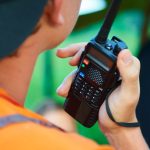
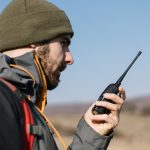

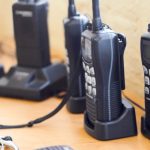
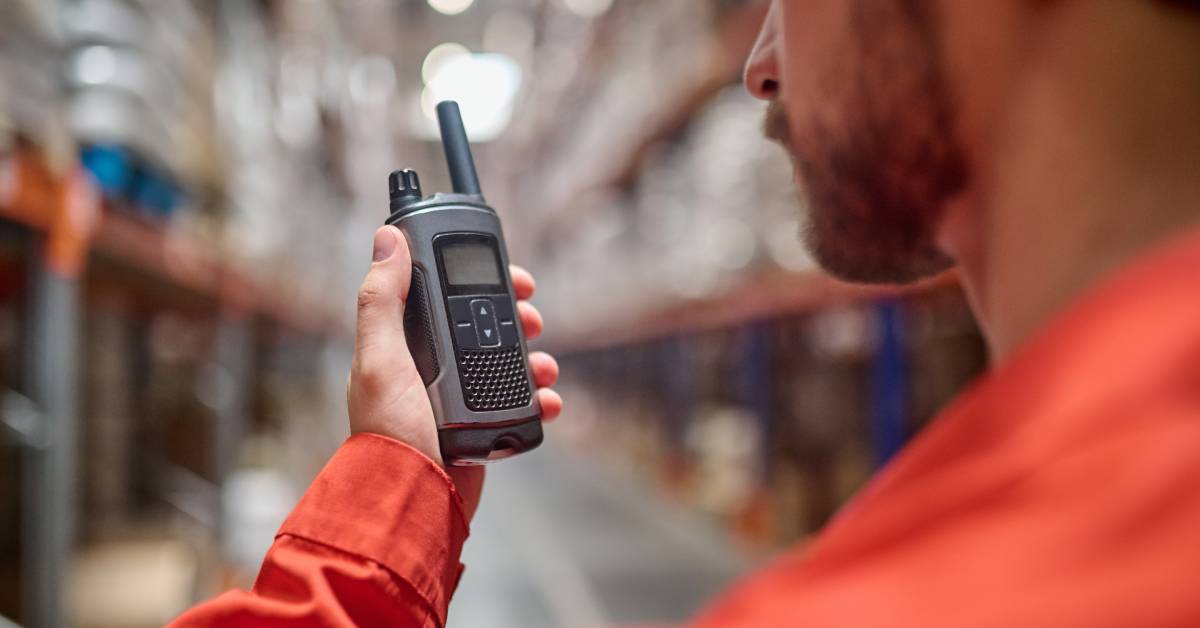
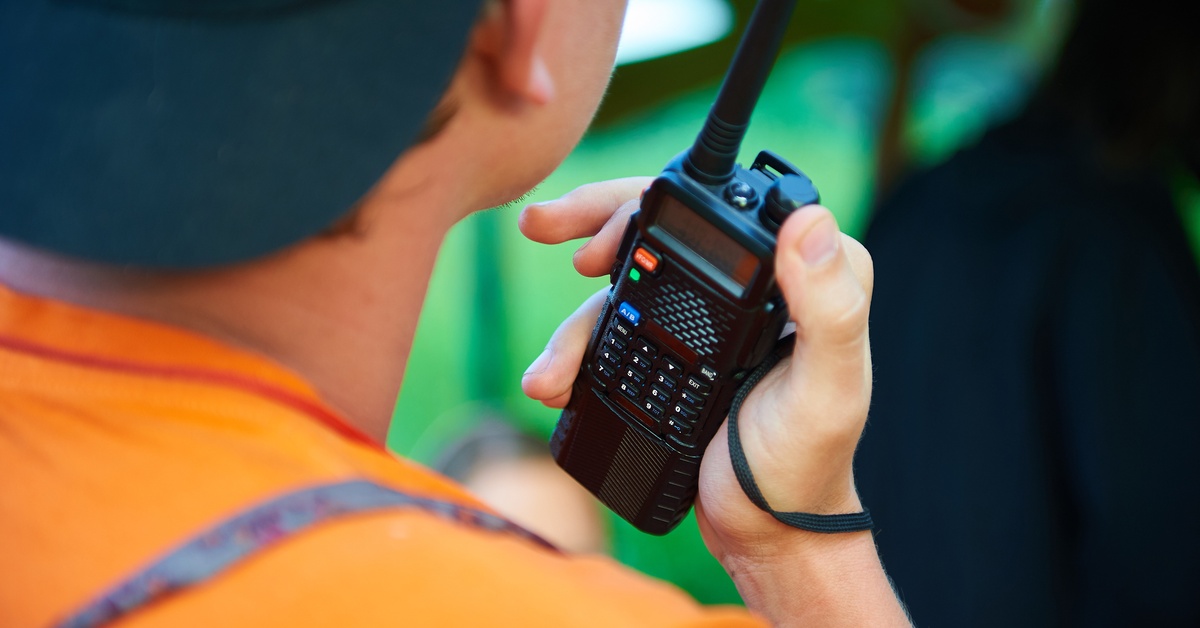

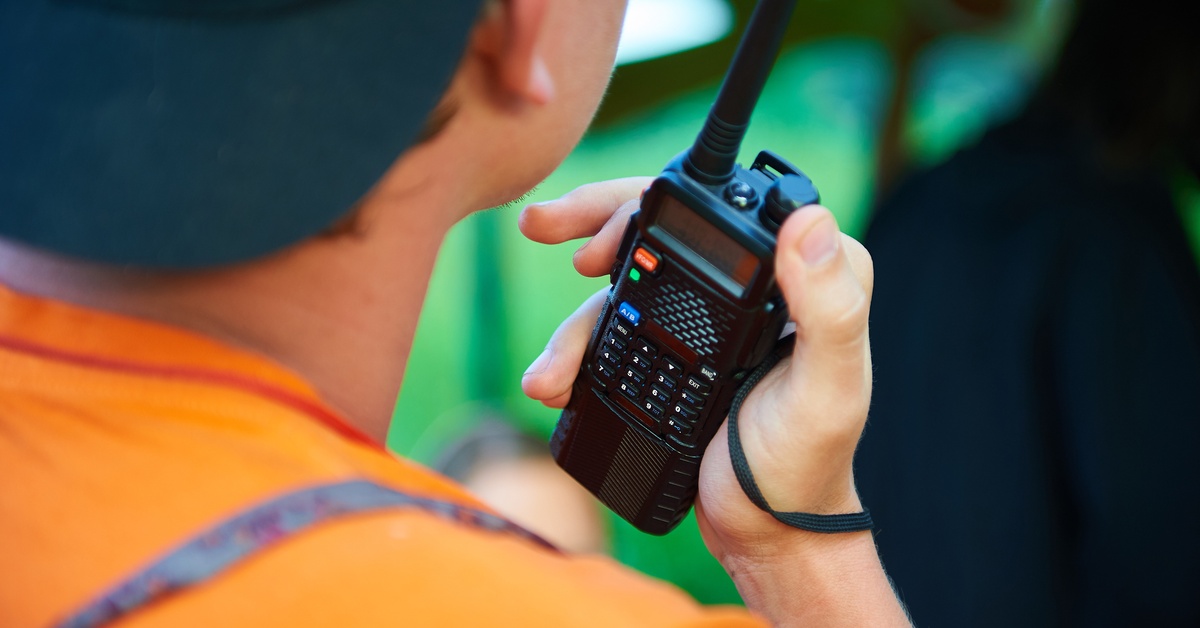

One thought on “Common Mistakes To Avoid if Your Team Uses Two-Way Radios”